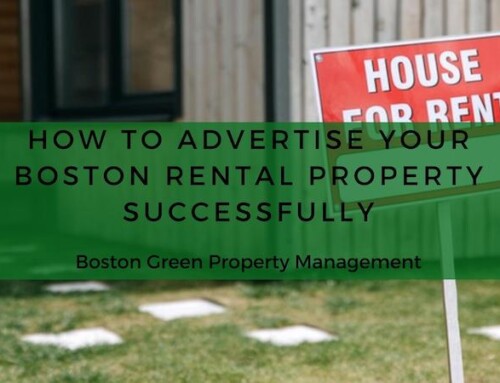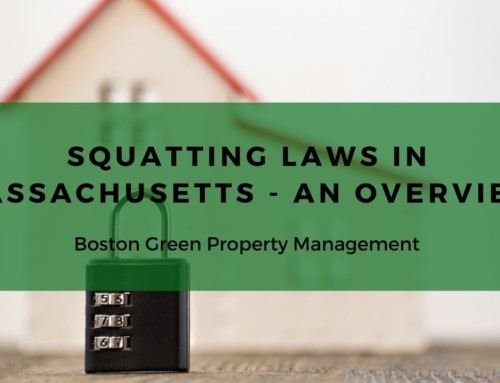Congratulations on taking the first steps in being a landlord! Now, where do you go next? Well, there are many things to consider if you want to have a successful rental investment. Key among these things is ensuring that you have a solid lease agreement.
So, what is a lease agreement? It’s a legally binding contract between you and your tenant that captures the responsibilities and rights of both parties.
When drafting a lease agreement, ensuring that it’s as thorough as possible, is key. This protects both you and your tenants. Your lease agreement should have clear clauses including subleasing rules, full terms of the lease, occupancy limits, and rules on security and pet deposits, to name a few.
Smart landlords know that drafting a strong lease agreement is the best way to protect their rental property from any potential risks.
Here’s a list of 7 clauses that should be included in any lease agreement:
1. Term Lease
A common mistake that landlords make is forgetting to mention the ‘term of the lease’ in the lease. Failing to state this clause may lead to a ‘holdover tenant’. This is a renter who does not vacate the premise even after the expiration of the lease.
Removing a ‘holdover tenant’ is no different from evicting a regular one, however, the exercise itself can be time-consuming and expensive.

2. Names of Tenants
When drafting the lease agreement include the full names of the tenants.
The main aim is to ensure that every adult occupying the rental property is legally responsible for the terms of the lease. This way you will be able to ask for rent from any of the occupying persons should a nonpayment issue arise.
3. Security Deposit
The security deposit clause should be very clearly stated in the lease. If the security deposit is not clear, potential issues may arise between the landlord and the tenant.
To avoid disagreements that may end up in small claims court, ensure that you are clear on things such as:
- The security deposit amount required at the start of the tenancy.
- The responsibility regarding repairs should anything go wrong in the rental property.
- The terms that a renter must satisfy for them to get the full reimbursement of the security deposit.
- How the security deposit may be used, for example, in damage repair.
- Any other non-refundable fee that you may have.

4. Rent Rules
Your lease should be detailed and have the relevant clauses with regard to rent. Be clear on the amount of rent to pay each month and where to pay it. Be sure to include as many details as possible because it will help reduce issues in the long term.
Include things such as:
- Where rent is due, for example, give the business address of your office
- The amount to pay in case of a late fee
- The amount of grace period given, if applicable
- Any charges incurred if the rent check bounces
- The acceptable payment method
5. Pet Rules
When it comes to pets, you can either decide to allow them or not. Make sure to state the restrictions you may have should you decide to permit animals in your property.
In the case that you don’t permit animals, make it clear in the lease. Your tenants should know that pets are off-limits on the premises, and any violation of the clause may risk an eviction as well as heavy penalties.
Even though landlords have the power to decide whether to keep pets or not, research has shown that Americans are a nation of pet lovers. So, what does this mean for you as a landlord? If you allow pets on your property you’ll have a wider range of tenants to choose from.
6. Entry Rules
All tenants have the right to peaceful enjoyment of their homes. This simply means that as a landlord you cannot walk into your tenant’s space whenever you please.
Landlords are required to give tenants notice before entering the property. Generally speaking, landlords give their tenants a 24 hours’ notice before accessing their property.

The reason why you need to access the premises should be reasonable. Reasons such as conducting a property repair and maintenance, an inspection of the property, or showing the unit to a new tenant are normally acceptable.
The entry times must also be reasonable. For example, from 9:00 AM to 5:00 PM on weekdays and from 10:00 AM to 4:00 PM on weekends.
7. Occupancy Limits
This is also another important clause to include in your lease agreement. Occupancy limits depend on whether you allow subletting of your rental property or not.
If you permit subletting, state any restriction you may have. For example, make it known to your tenant that they would need permission from you before they can sublet the property.
Doing this will make sure that only the tenants that have passed the screening test will be allowed to sublet the property.
In the case you don’t allow subletting, then make it clear to your tenant. Indicate to your tenants that violation of the terms of the agreement will be taken very seriously.
Takeaway:
By including these clauses in your lease agreement for your rental property you’ll have created a solid lease that protects you and your tenant against unforeseen issues. This can help build a solid foundation for keeping a tenant renting long-term.
Remember that drafting a lease agreement can be complicated and confusing, therefore it’s always best to seek professional advice.


















